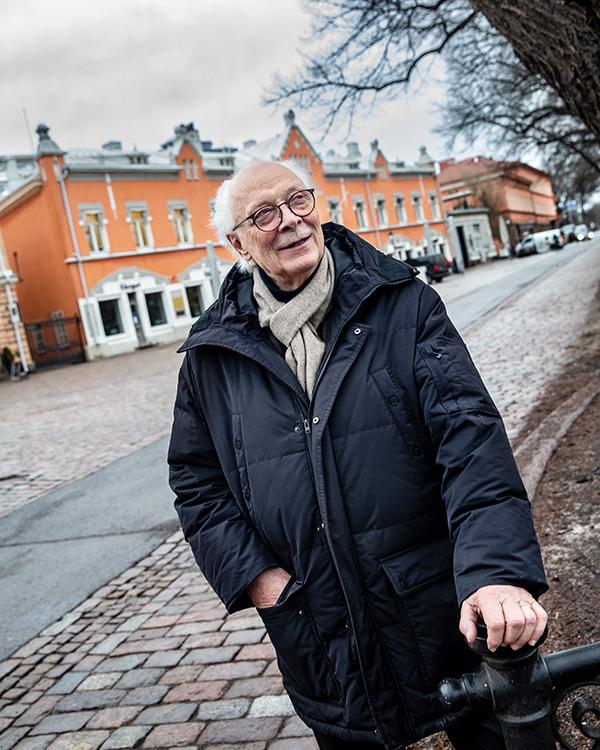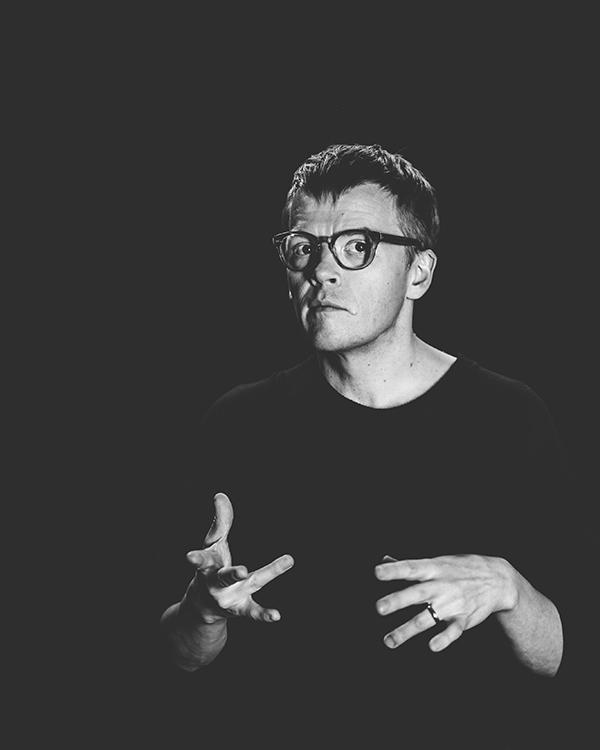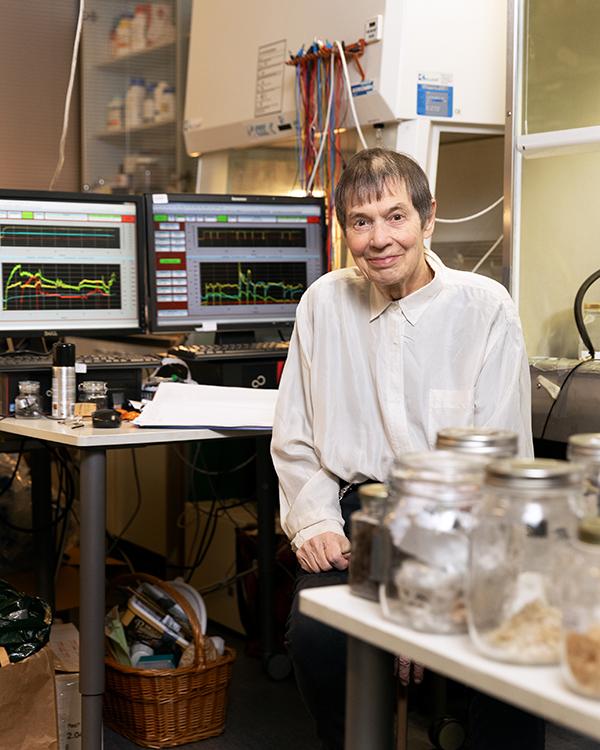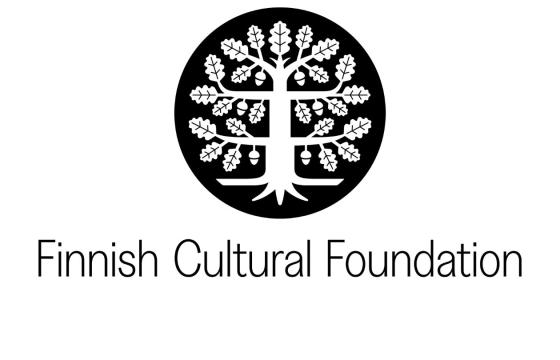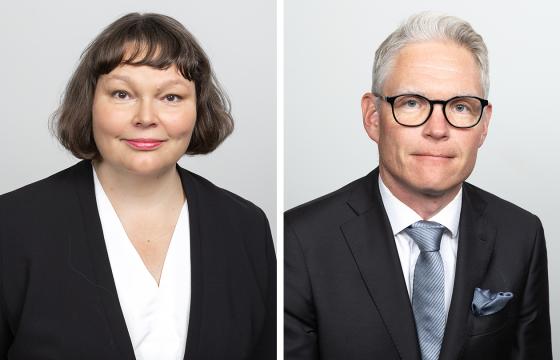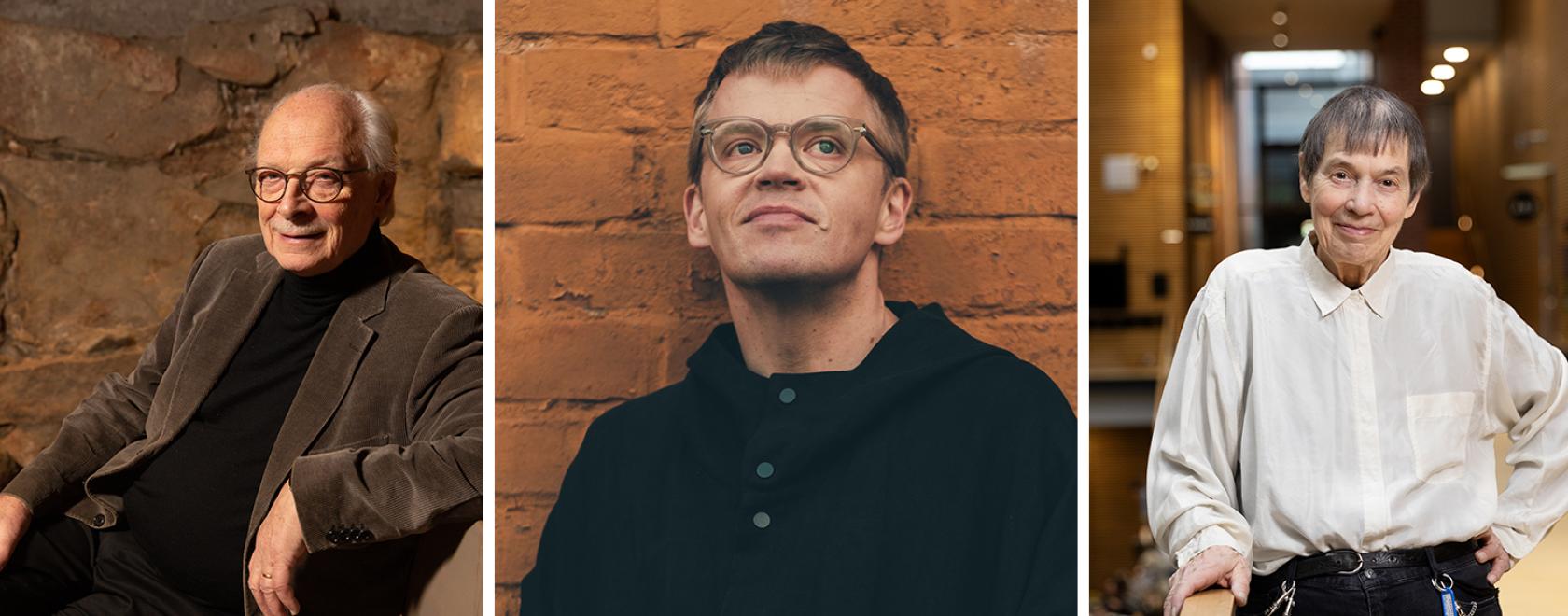
Benito Casagrande
The architect Benito Casagrande was born in Turku in 1942 and studied architecture at the Helsinki University of Technology. Already in his 1970 master’s thesis, he studied Turku’s historical identity and suggested solutions that take into consideration both the historical accretions and the demands of today.
In 1983, Casagrande presented a plan to enliven Turku’s old town. This was a foundation for the ensuing successful efforts to restore the old city milieu to a more original form. Parking areas and other inappropriate structures were removed from the old main market, and several old wooden houses between the bridge Aurasilta and the market Vähätori were saved. This required above all perseverance and devotion to Turku but also good collaboration between Casagrande and civil servants and the Finnish Heritage Agency.
Thanks to Casagrande, the Ingman House, already threatened with demolition, was revitalised by renovation respectful of its history and under the supervision of the Finnish Heritage Agency. Today it is one of Turku’s most beautiful old buildings and provides premises for a restaurant, cafe, shops, and other businesses. A Catholic chapel was built to commemorate the people buried in the church ruins found in the archaeological excavations carried out under the building.
Benito Casagrande’s influence is visible in different parts of the city: in the University of Turku’s campus, in the Turku Science Park and its cluster of advanced technology and scientific research, in old factory buildings such as Manilla and Rettig turned into culture spaces, and in numerous business and office buildings. His energy, initiative, and creativity in dozens of board positions have influenced culture and businesses locally, regionally, and nation wide.
The award is conferred for respecting history and for preserving beauty.
Pekka Kuusisto
The violinist and conductor Pekka Kuusisto (born 1976) has become known as an exceptionally versatile musician who is equally at ease as a violin concerto soloist, conductor, chamber music player, composer, arranger, festival director, and folk musician and in a circus, on a theatre stage, and in jazz and the realm of electronic music – and in defending nature and justice.
Kuusisto’s violin studies, begun at the age of three, took him to the East Helsinki Music Institute and on to the Sibelius Academy and the University of Indiana and to becoming the so far first Finnish winner of the Sibelius Violin Competition in 1995. His home is in the Finnish town of Pernaja, but due to his strong international career, he actually works nearly all over the world. Currently he has regular orchestra engagements in Oslo, Basel, San Francisco, Bremen, and soon also Helsinki.
His classical repertoire ranges from Baroque to the most experimental contemporary music, and the list of his premieres is stunning. Nowadays Kuusisto has also become increasingly successful as a conductor in different parts of the world.
The award is conferred for mastery of the violin, baton, and bits and for questoning boundaries.
Mirja Salkinoja-Salonen
Professor Mirja Salkinoja-Salonen (born 1940) is professor emerita of microbiology at the University of Helsinki and has had a renowned career. She is still doing research at the Aalto University’s Department of Electrical Engineering and Automation and is focused on adapting sensor technology in research on indoor air problems.
At the beginning of her career, Salkinoja-Salonen studied the decomposition of synthetic and chlorinated compounds and focused mainly on paper pulp bleaching agents. Her research was very influential in the wood and paper industry’s decision to stop using chlorophenols, which are poisonous compounds that accumulate on lake and river bottoms.
Since the 1990s, Mirja Salkinoja-Salonen has studied the connection between chemicals and health in construction sites and housing. The PHMB compounds used in paints, glues, disinfectant and cleaning products, and cosmetics have turned out to be harmful especially in indoor air. Salkinoja-Salonen’s research has shown that attempts to use chemicals to prevent or correct indoor air problems can at worst produce poisonous compounds that cause permanent damage to human nerves and the immune system.
Salkinoja-Salonen has combined technological, chemical, and microbiological research in exceptional ways. She has had no qualms about presenting research findings even when they recommended things that contradicted prevailing procedures in the food or construction industries or in agriculture.
Salkinoja-Salonen has received an honorary doctorate in technology from the Aalto University, and she invited to become a member of the American Academy of Microbiology in 2013.
The award is conferred for purifying the air, earth, and waters and for improving our health.
